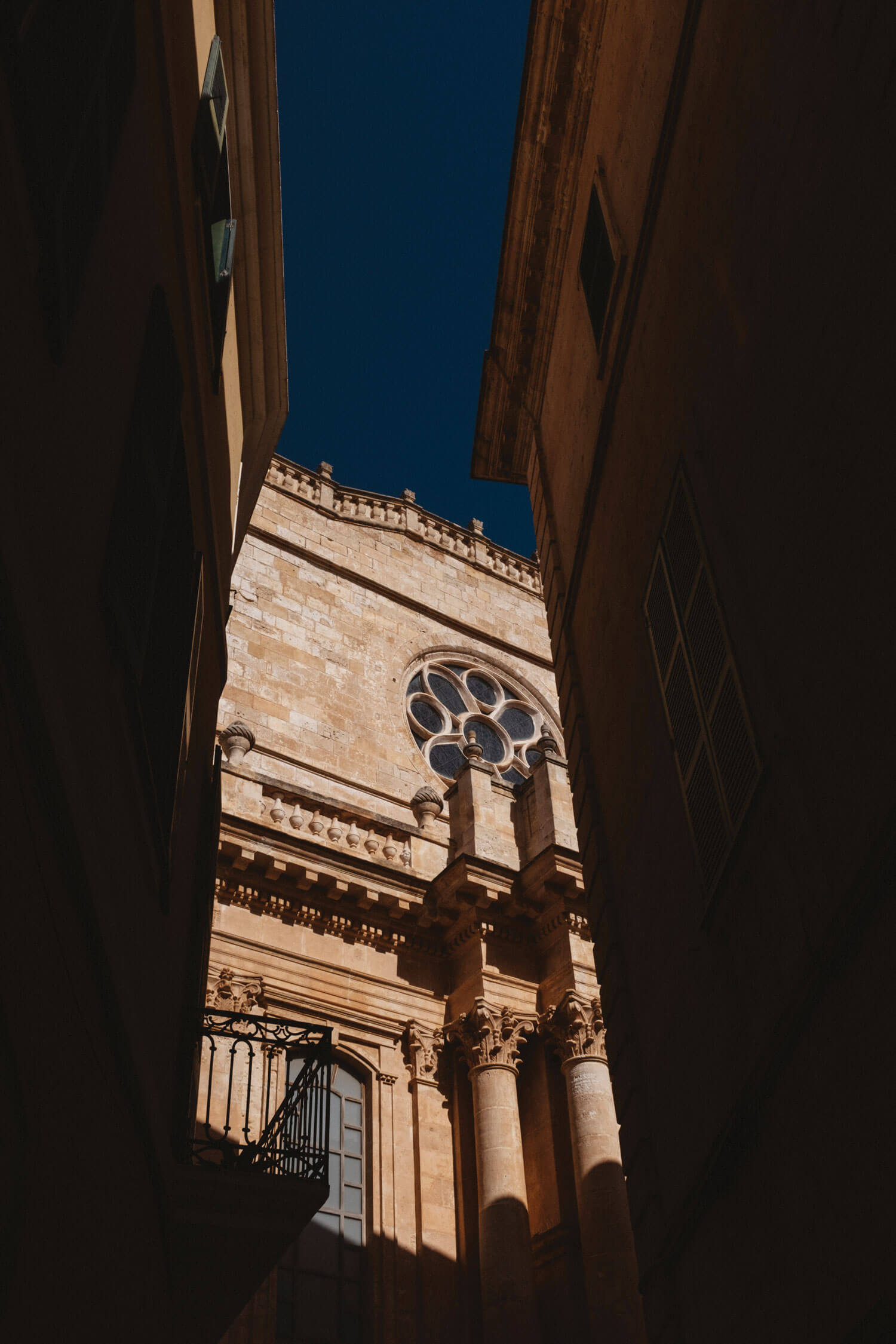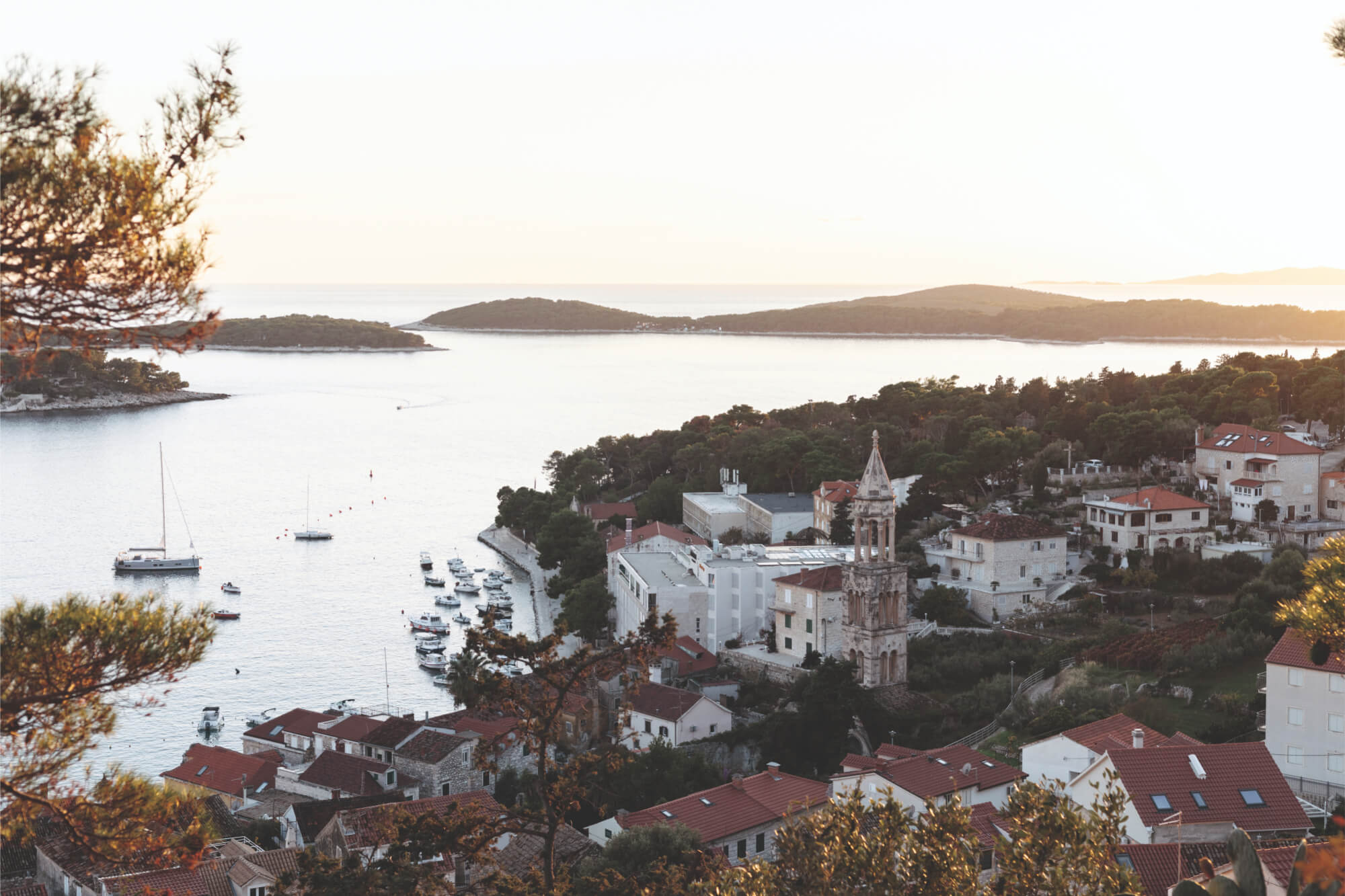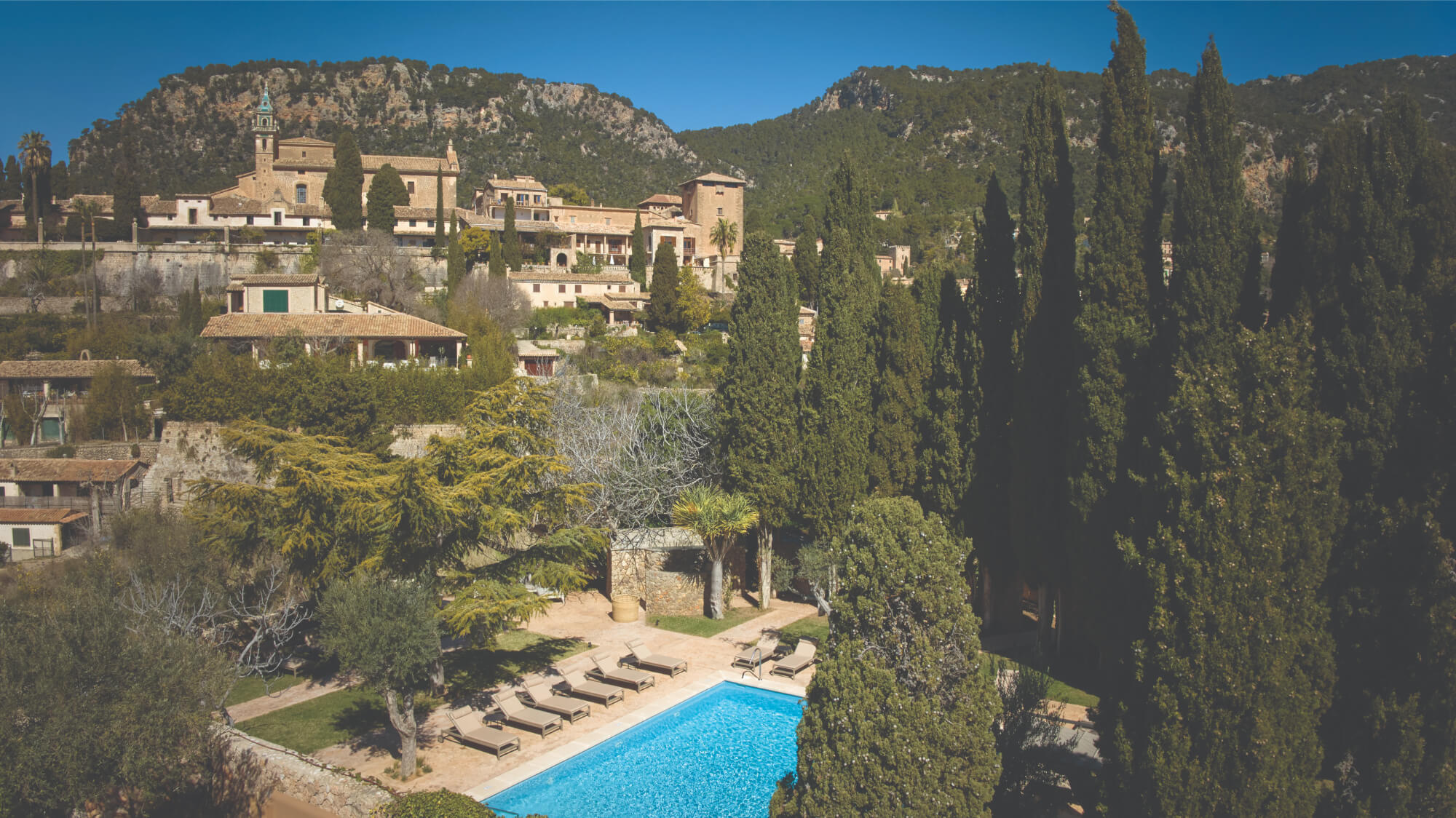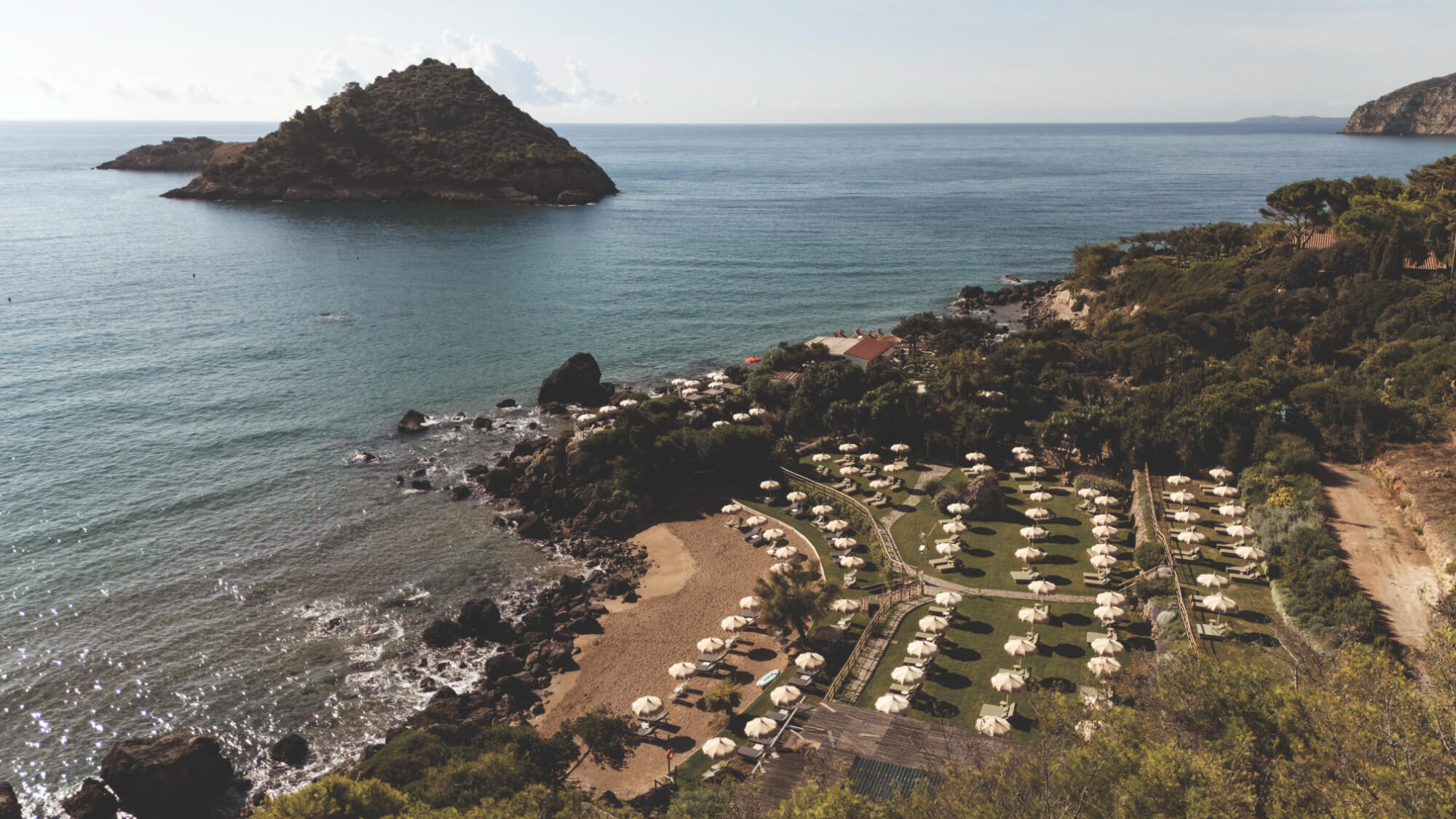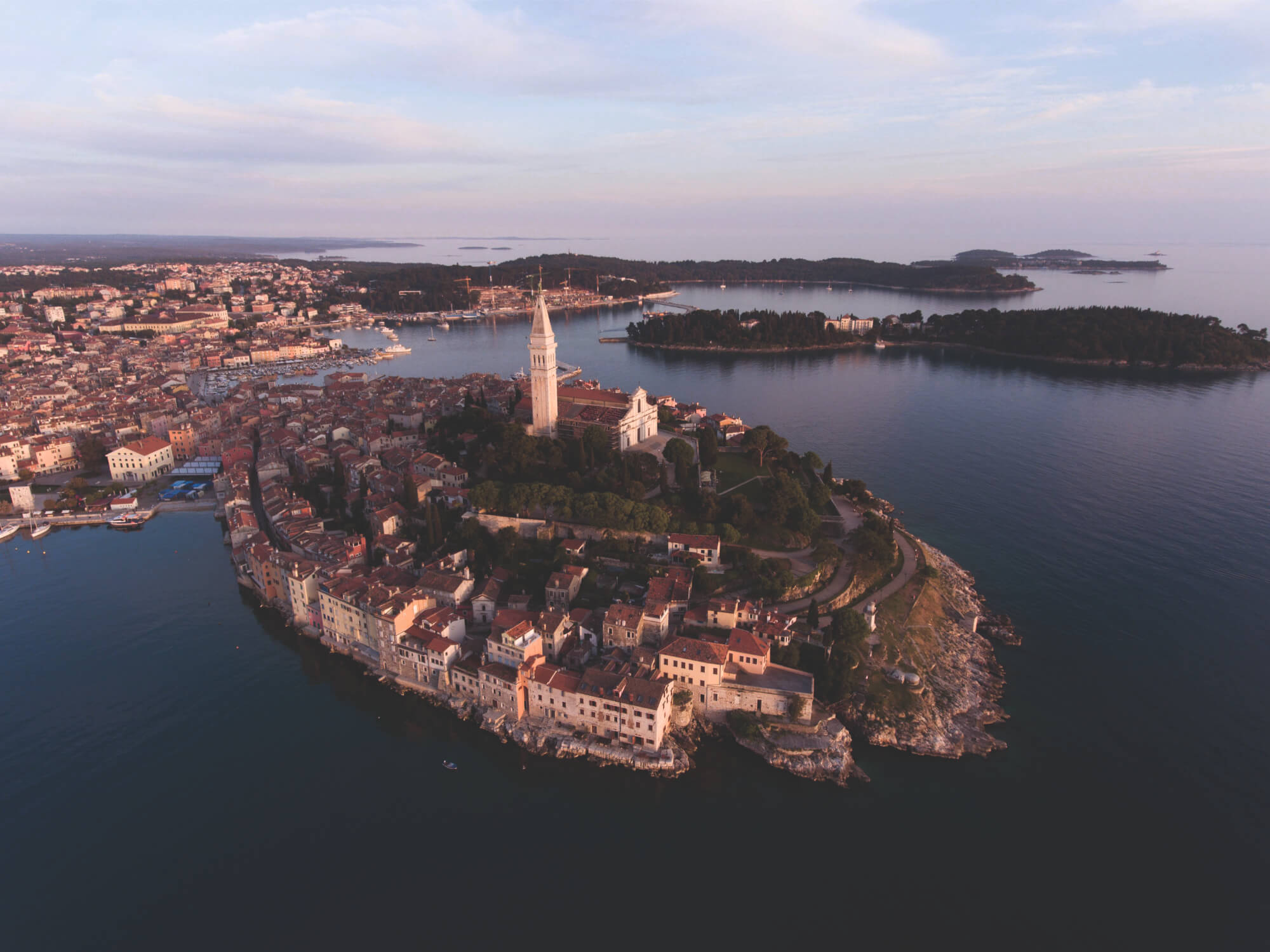Menorca’s old soul is etched with stories of civilisations past. The tranquil isle has been a coveted prize, ruled by everyone from the Carthaginians, Romans and Moors to the French and the British. Each era left an indelible mark, yet the Menorquís retain an independent spirit, protective of their paradisiacal home and traditions passed down over generations.
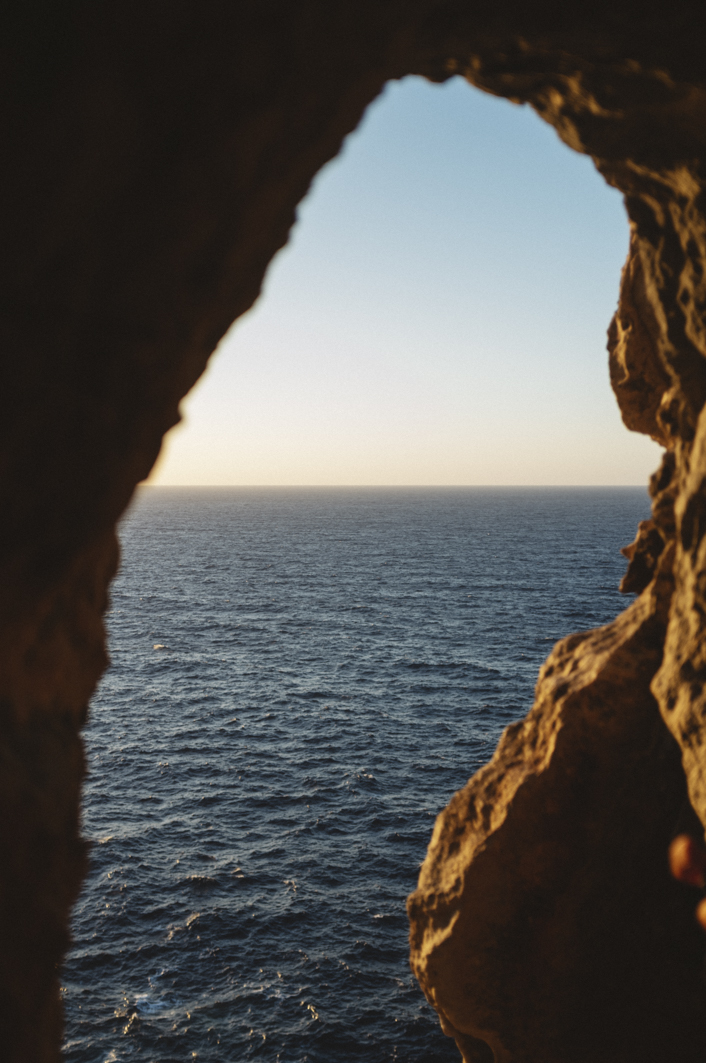
Today, she’s seeing a quiet revival. Visitors seeking a slower way of life are heading here, exploring secret coves and ancient fishing villages. The isle offers a chance to unwind against a backdrop steeped in history along the crystalline shores of the ancient Mediterranean.
Ciutadella
Ciutadella isn’t your typical sun-and-sand resort town. Sure, there are near-white beaches within easy reach, but its allure lies in its historical centre. For centuries, Ciutadella served as the island’s capital, a role reflected in its grand architecture – the town isn’t dominated by a single style, rather, a blend of Gothic, Baroque and elements of neoclassicism alongside traditional Menorcan homes. Instead of sprawling hotels and beach clubs, it boasts a pretty harbour where colourful fishing boats bob gently. The day’s catch fills the buzzy Mercat des Peix, while local restaurants serve up the signature caldereta de langosta, a hearty lobster stew.
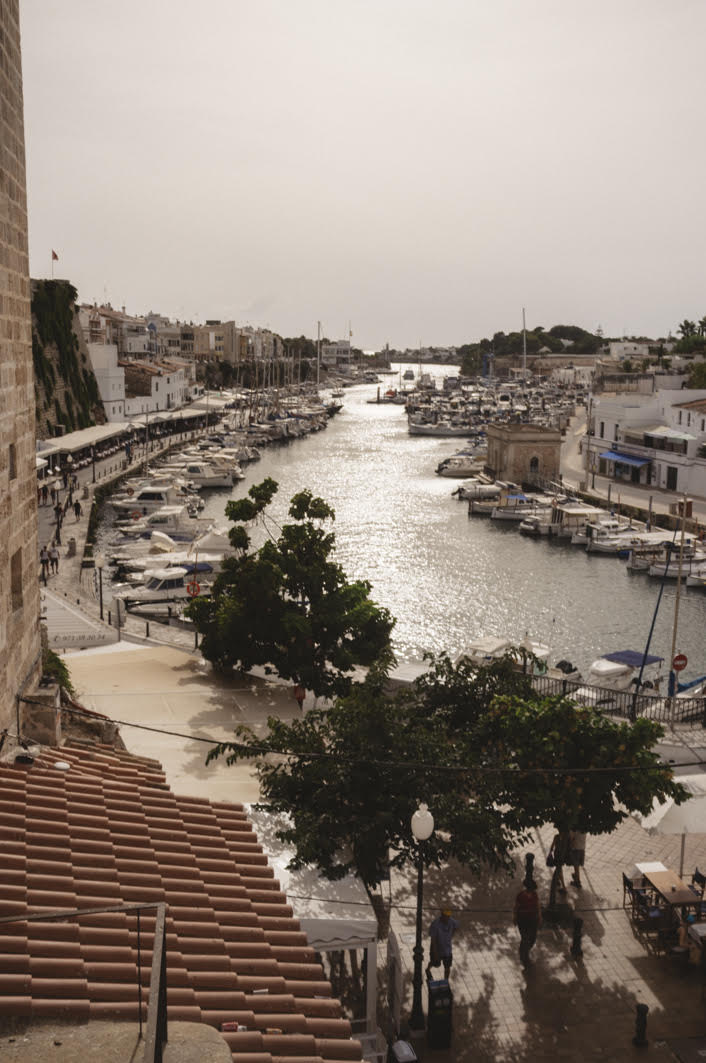
Understated sophistication defines Ciutadella, with pockets of street art and colourful character. To appreciate this, one must wander through it in search of nothing at all. The labyrinthine streets in the old town lead to quaint cafés spilling onto time-worn cobbles and markets selling traditional Menorcan wares, such as the once purely practical, now trendy avarcas sandal. If you have time, seek out the part of Camí de Cavalls that runs through town, an old smugglers’ trail dating back to the Middle Ages.
Southwestern Calas and Caves
Not far from Ciutadella are a series of stunning coves, calas in Spanish. Seen all around the Balearics, they are made of limestone, soft and prone to erosion. Though millions of years old, the wind and waves continue to carve into the landscape, creating these characteristic shorelines and hard-to-find caves and inlets, such as the beautiful Cueva del Dragón.
This southwestern bend has many such calas, but beware of where you anchor – the sea around it is home to fragile Posidonia (see page 30), a seagrass responsible for keeping the clear waters clean. Spend a day sunning yourself by Son Saura, a stretch of beach little visited, even in the height of summer. Not far is Cala en Turqueta, named after its turquoise hue, and often appearing in lists of best beaches on Menorca. While the twin horseshoe bays of Cala Macarella and Macarelleta both have fantastic views, we tend to prefer Macarelleta – it’s often less busy and the dip after the short hike to get there is a worthy reward. Cala Mitjana, accessible only by boat or a 1.2-kilometre hiking trail, has seen little development beyond a white-washed fishing hut and a sometimes-maintained walking trail. Its little sister, Cala Mitjanetta, a sliver of a beach, is a 10-minute walk from the main shore, but note that it can disappear in the tide.
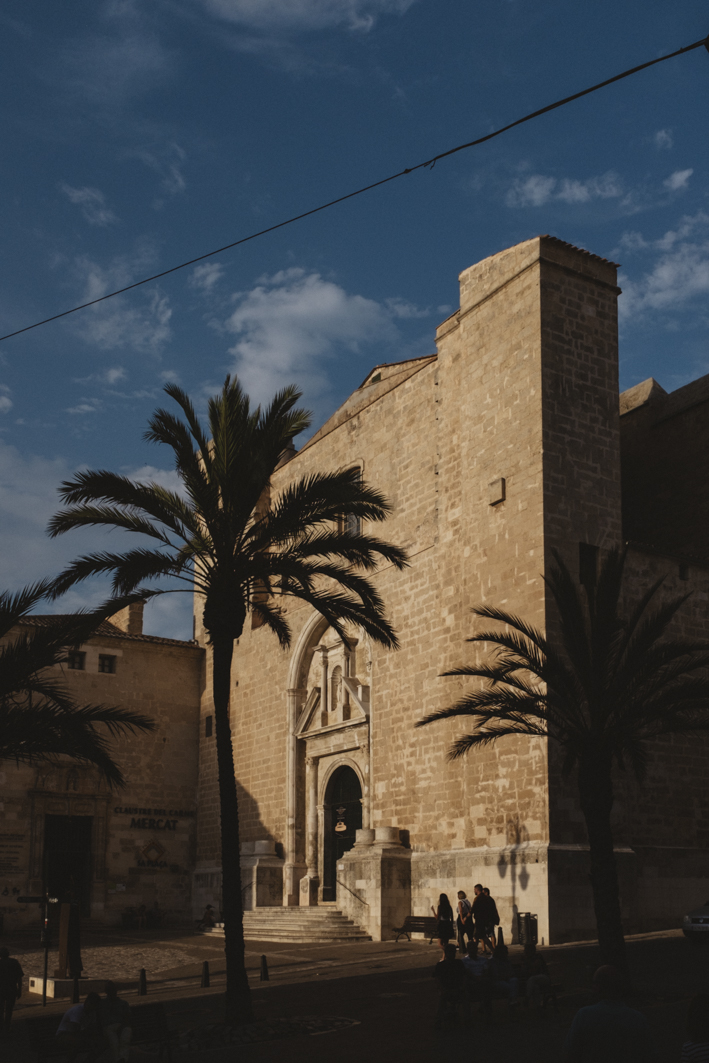
And, if you can find it, be sure to stop by the mysterious Cova d’en Xoroi, a club hidden in the caves along this stretch of coast.
Fornells
Originally the site of a defensive watchtower to guard against the Barbary pirates, the King of Spain ordered a castle be built here when the tower proved insufficient. While it was never created – insufficient funds – the seeds of the modern town were sown as a community of construction workers and soldiers sprang up.
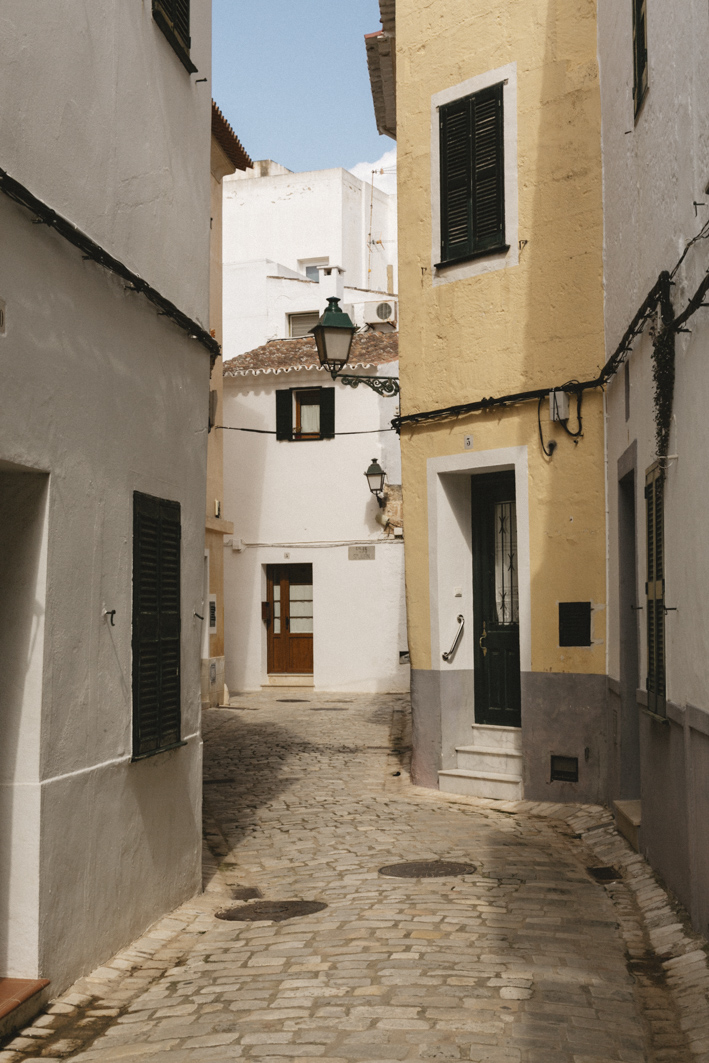
Today, the solitary watchtower remains – the Torre de Fornells – offering a look-out that encompasses Cap Cavalleria to the west and the imposing mass of Sa Mola guarding the eastern entrance to the bay. But despite its militaristic past, Fornells has transformed into a fairytale village well-known for its scenic harbour and relaxed vibe. The streets, quiet during the day, transform at night with street markets over the summer months, with the most popular along Calle Del Mar de Fornells.
North Coast Calas
The calas along the northern coast are nothing like the ones along the south. Here, the cliffs are red, consisting of much older sediment compared to the limestone of the south. Thanks to the prevailing winds and battering waves, this coastline experiences much more dramatic erosion patterns, resulting in cliffs plunging into the sea, with deeper waters and rockier coves. These landscapes are rugged and wild, ideal for snorkelling and swimming, if more challenging than the gentler, sheltered coves of the south.
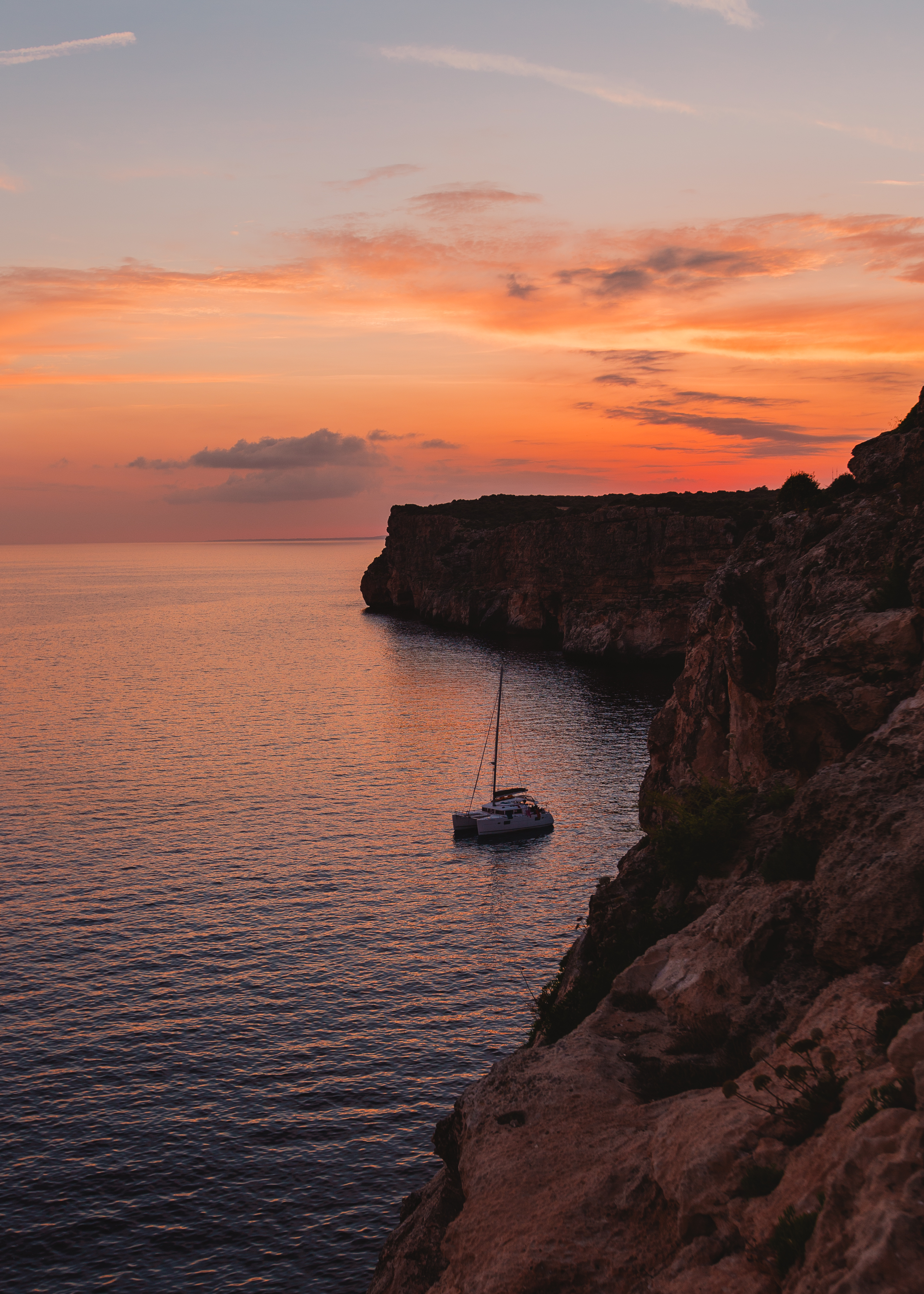
Cala Pregonda, among the prettiest of the red northern beaches, stands out thanks to its rocky islets. Accessible for strong swimmers, it offers a unique view of the coastline. Natural rock formations along the bay create shallow pools, great for younger children while small caves tucked away in the cliffs add to the sense of adventure. To the west of Cala Pregonda is Cala Morell, best known for its prehistoric necropolis. A network of 14 remarkably preserved artificial caves carved out of the walls of a small ravine were used as a cemetery by the Talayotic peoples around 1700 BC until the 2nd century AD, dominated by the Romans. The island itself has many archaeological sites, including the mysterious megalithic taulas – not unlike Britain’s henges and Brittany’s carnacs – but the necropolis of Cala Morell showcases a surprising level of detail with carved pillars, internal divisions and even
decorative elements.


